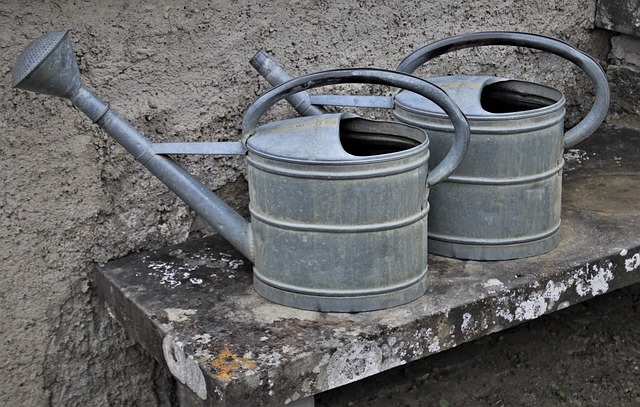Tin, a silvery-white metal with a wide range of applications, holds an important place in both industrial and everyday contexts. Its versatility, durability and unique properties make it indispensable in various industries and sectors. From ancient civilizations to modern technological advancements, tin has played a vital role in shaping human progress. Let us learn about the various uses and applications of tin.
Historical significance:
Tin has been used by humans for thousands of years. Ancient civilizations such as the Egyptians, Romans, and Chinese recognized its value and employed it for a variety of purposes. One of the most famous uses of tin in history is its alloy with copper, creating bronze, which revolutionized weapons, tools, and art during the Bronze Age.
Industrial applications:
1. Soldering:
Tin's low melting point makes it ideal for soldering electronic components. Solder, usually a mixture of tin and lead or other metals, is used to connect electrical circuits, plumbing pipes, and metal work. Its ability to form strong, durable bonds makes tin indispensable in electronics manufacturing and repair.
2. Tin Plating:
The corrosion-resistant properties of tin make it an excellent choice for coating metals prone to rust or corrosion. Tin-plated steel, known as tinplate, is commonly used in food packaging, such as cans to preserve fruits, vegetables, and beverages. This ensures the safety and longevity of the stored products.
3.Alloy:
Tin alloys are widely used in various industries. An alloy of tin and other metals such as copper, antimony or bismuth, pewter is used to make utensils, decorative objects and figurines due to its ductility and attractive appearance. Additionally, tin is an important component in the production of bearing metals, bronzes and solders for special applications.
Consumer Products:
1. Food Packaging:
Tin cans, coated with tinplate, are widely used for packaging food and beverages. This ensures product preservation, prevents contamination and extends shelf life. The inert nature of tin means it does not react with acidic foods, keeping the flavor and quality intact.
2. Jewelry and ornaments :
The shine and practicality of tin make it a popular choice in jewelery making and embellishment. While pure tin is relatively soft, it can be alloyed with other metals to increase durability without sacrificing its aesthetic appeal.
Medical Applications:
1. Dental alloys:
Tin is used in dental materials and alloys used for dental fillings, crowns and bridges. Tin-based dental amalgams offer durability, ease of use, and biocompatibility, making them a preferred choice in dentistry.
2. Pharmaceuticals:
Tin compounds have been explored for their potential medicinal properties. Some tin-based compounds exhibit antifungal and antibacterial properties, which contribute to their use in pharmaceutical formulations.
Environmental matters:
Tin's sustainability and recyclability contribute to its eco-friendly profile. With increasing awareness about environmental concerns, industries are increasingly adopting tin and its alloys as a viable alternative to less durable materials.
Future prospects:
As technology advances and new applications emerge, the demand for tin is expected to increase. Tin continues to play a vital role in shaping the future of various industries, from renewable energy technologies like solar panels to advanced electronics and medical devices.
Tin's versatility, durability and unique properties have secured its place as an essential metal in many industries and everyday products. Whether in industrial applications, consumer goods, or medical innovations, tin continues to demonstrate its value and adaptability, shaping the course of human progress for centuries to come.

Comments
Post a Comment